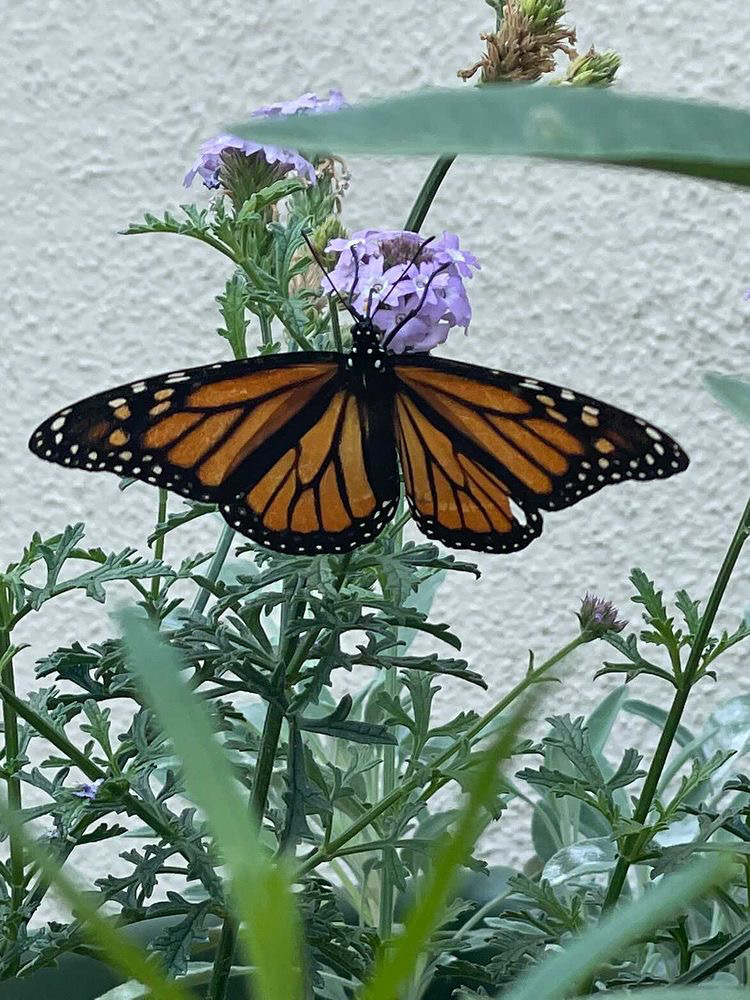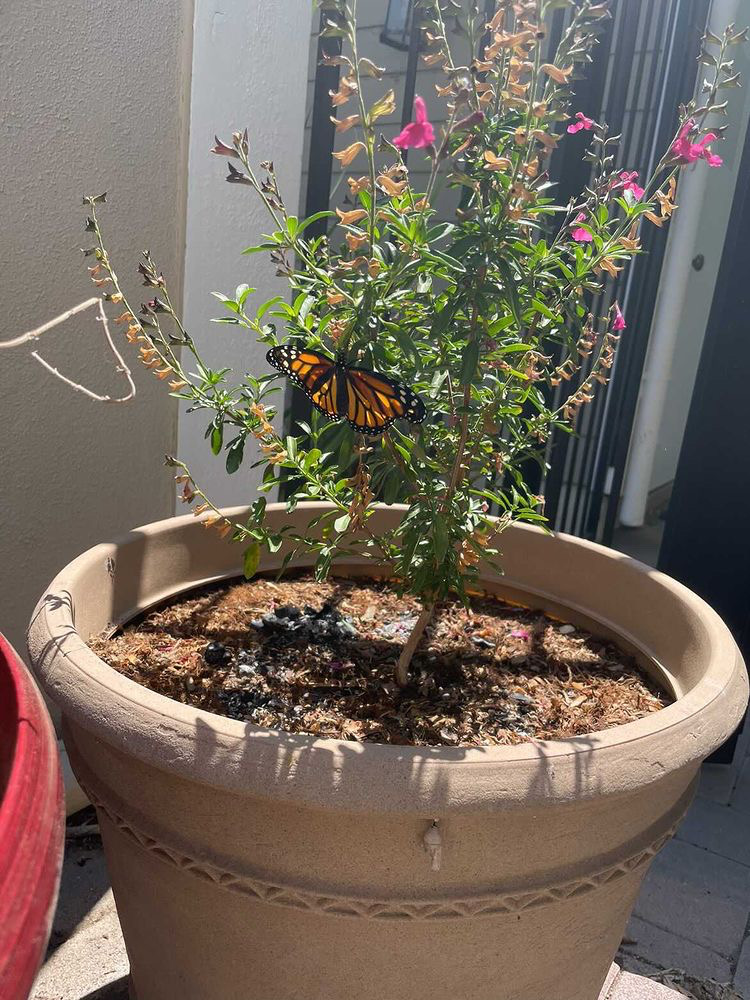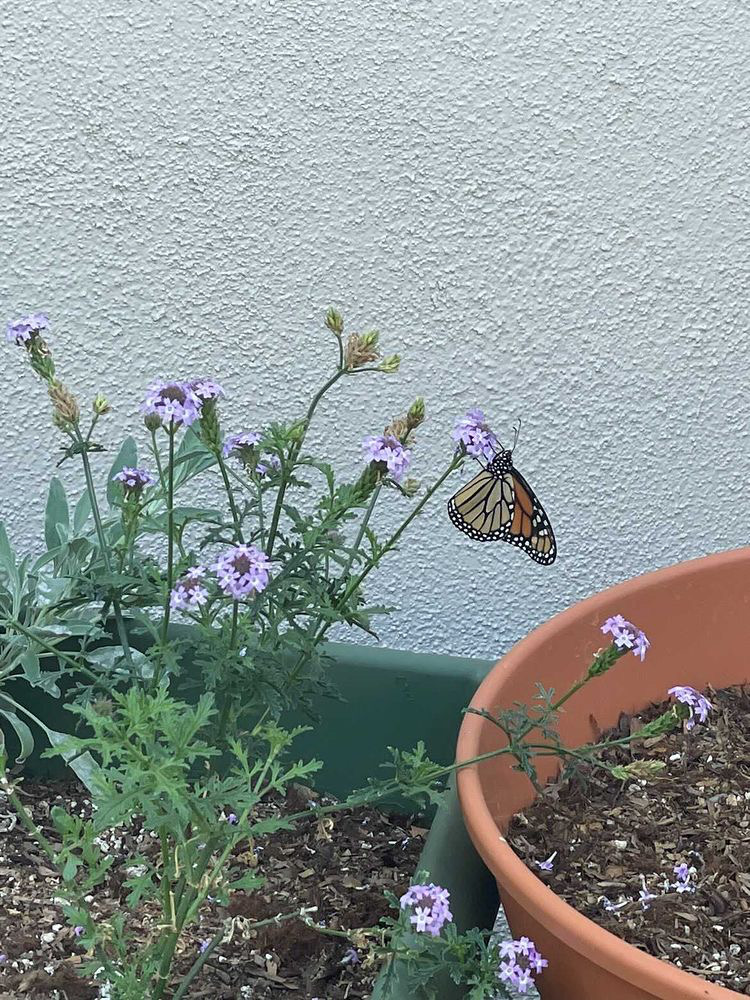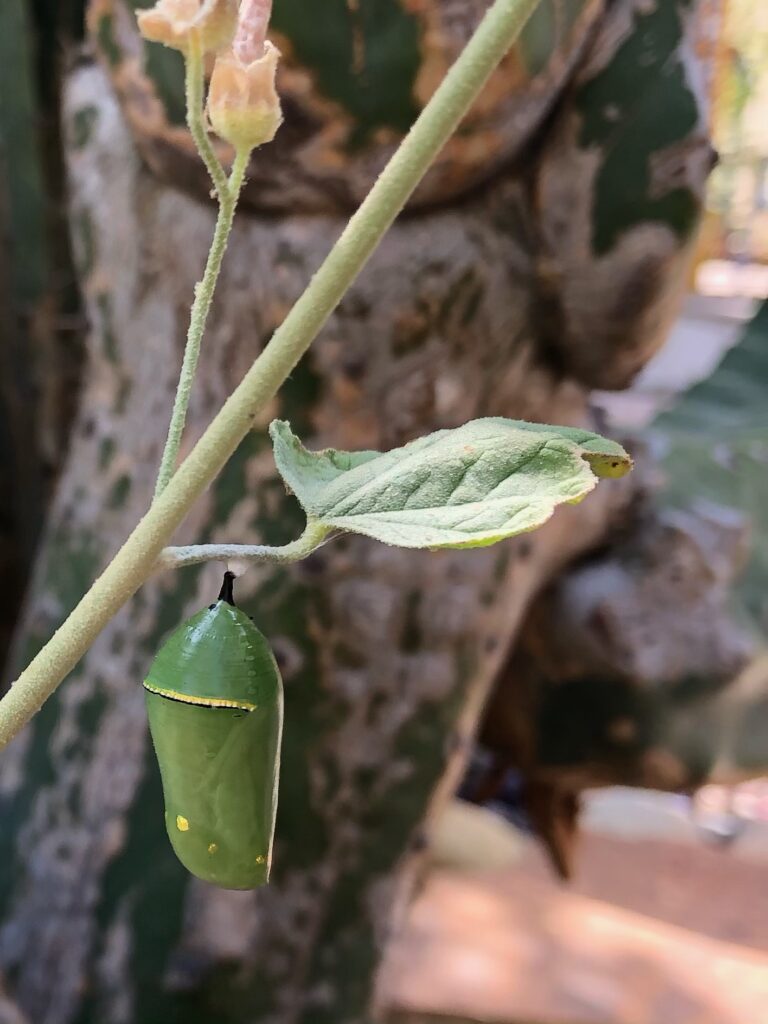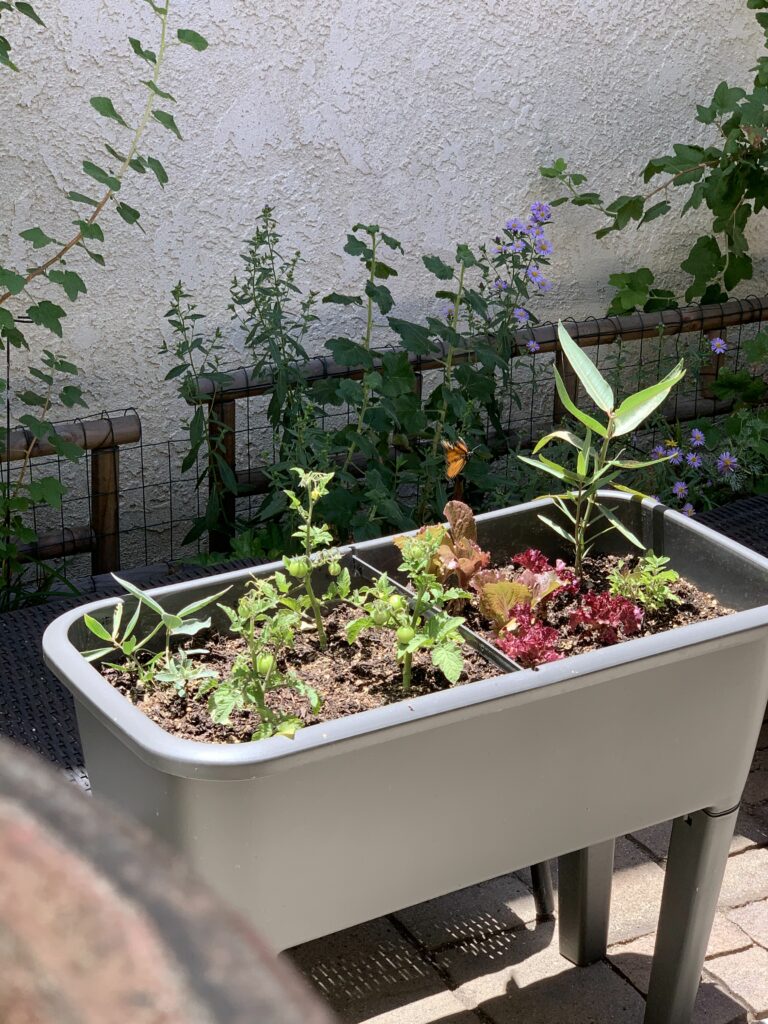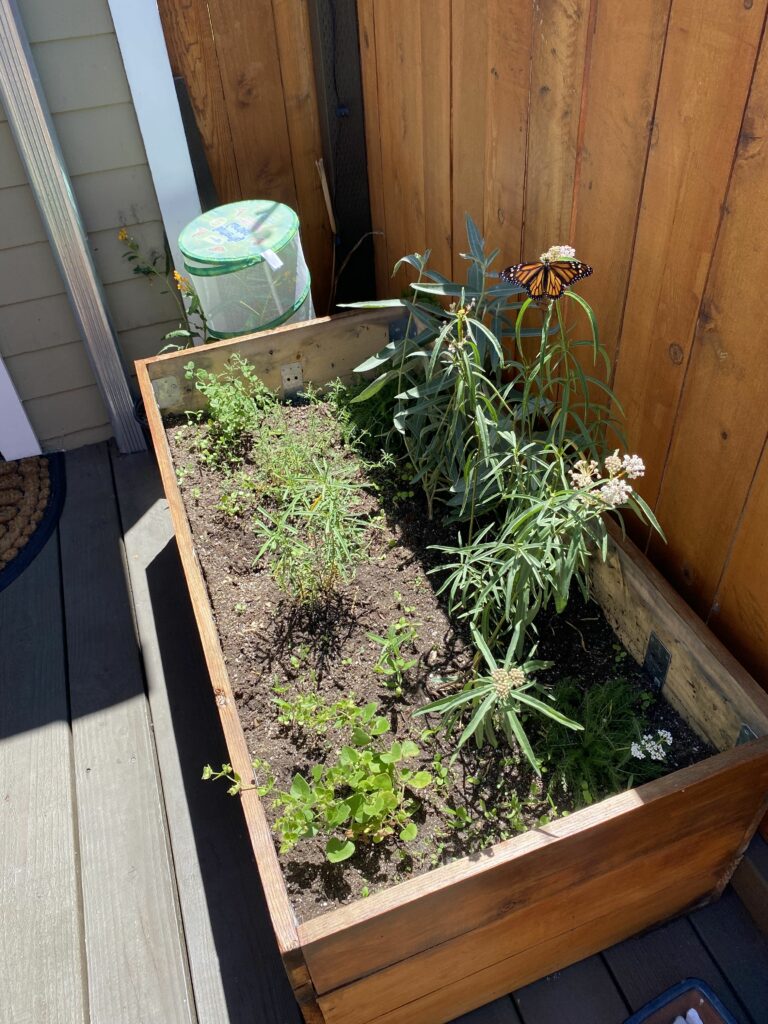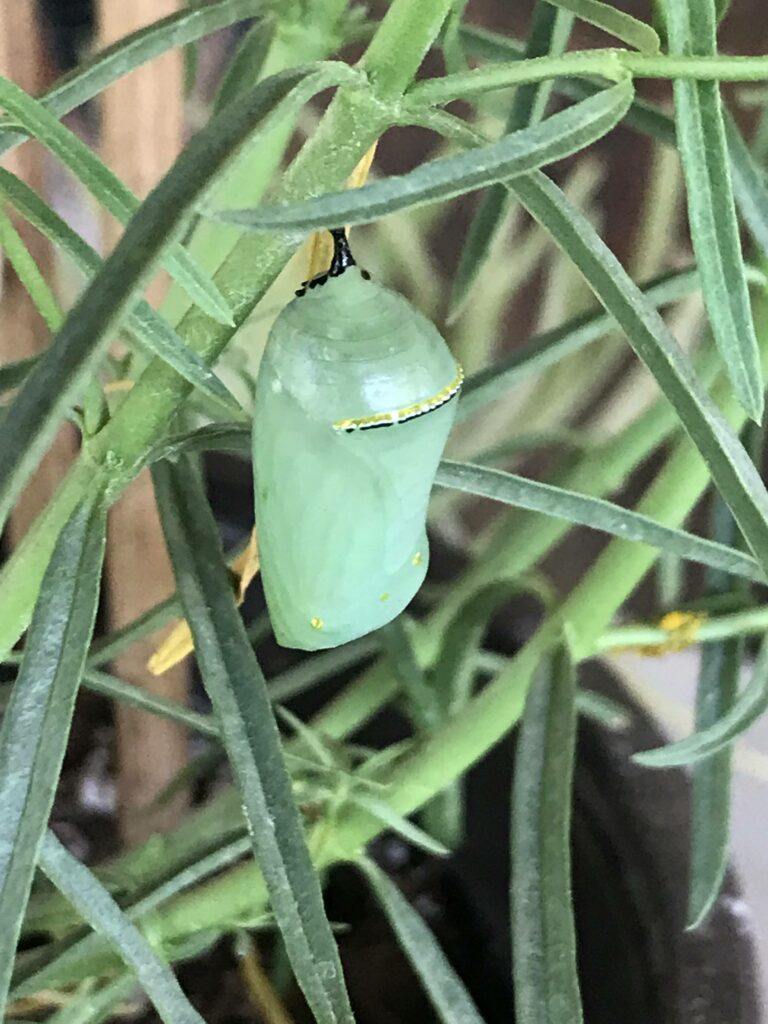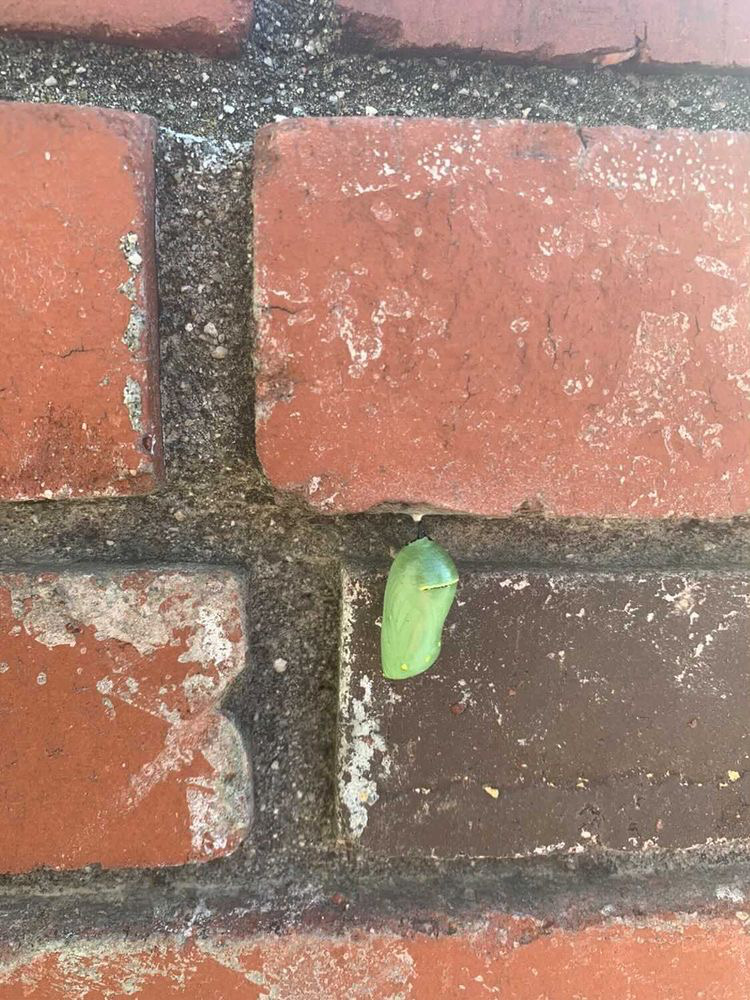Milkweed & Monarchs: How You Made a Difference
- Posted in: California Native Plants, Habitat Gardening
- Tags Butterfly Plants, Words by Mike Evans

Fall Monarch Report by Mike Evans
“Do enough before it’s too late,” I once heard Richard Stephen Felger say. Wise words, his. Richard was the botanist for the Sonoran Desert, a renowned ethnobotanist, worldwide desert researcher, poet, champion of sea turtles, visionary proponent of dryland food crops, and a very fine man. On October 31, 2020, he passed away in his Silver City, New Mexico home at the age of 86.
He’d be pleased to know we just might be doing enough…and not a day late. Congratulations southern California! It seems we’re making a difference.
Monarch butterflies are on the rebound in California. Early counts show a nice increase in the numbers this fall, compared to steadily declining tallies over the last several years. In 2020, there was even talk of listing the Monarch Butterfly as an endangered species, and that remains a real possibility.
But every effort to save them just might be working; habitat preservation, reduction in the use of harmful pesticides and herbicides, and yes, native plant gardening which provides host plants for the caterpillars and nectar plants for the adults. The effects of wildfires, habitat loss, climate change and a host of other factors might be somewhat mitigated by simply planting native butterfly plants in home landscapes.
We’re doing it! The numbers are in. In 2021, Tree of Life customers took home and planted around 8,000 native milkweed plants consisting of three species. Other vendors were involved as well. Rogers Gardens in Newport Beach reports sales of around 4,000 plants. They even held a milkweed exchange program: Bring in an uprooted, tropical milkweed plant (not good for caterpillars), and you got a free native species (definitely good for caterpillars). Other local nurseries sold native milkweeds as well, including schools and botanic gardens, so let’s put a best guess at 15,000 new garden plants in and around suburban Orange County. It’s anybody’s guess how much effect urban habitat can have; eggs hatching, larvae feeding, caterpillars pupating, and adults flying away from 15,000 milkweed plants, all over town.
Though we have no “hard data” regarding a correlation between new larval food plants in home gardens and the adult survival of Monarchs, certain coastal California overwintering sites are already seeing a comeback from tiny numbers over the last few years to better quantities now, and the official count has not even begun! Let’s hope for more encouraging news at year’s end when the 2021 census will be complete.
This fall, you can still provide nectar for pollinators, including butterflies of all species by planting flowering natives, specifically butterfly host plants. You can also keep planting native milkweed for Monarchs, but as the plants go dormant in winter, don’t be disappointed when the tops wither. Be assured your root systems will send up new shoots next spring, in time for a fresh, and hopefully larger generation of Monarchs in 2022. And if all goes well, we’ll have good quantities of new seedlings available starting in March.
Do enough before it’s too late. And don’t stop. Keep doing enough… and it may just be enough, just in time.
